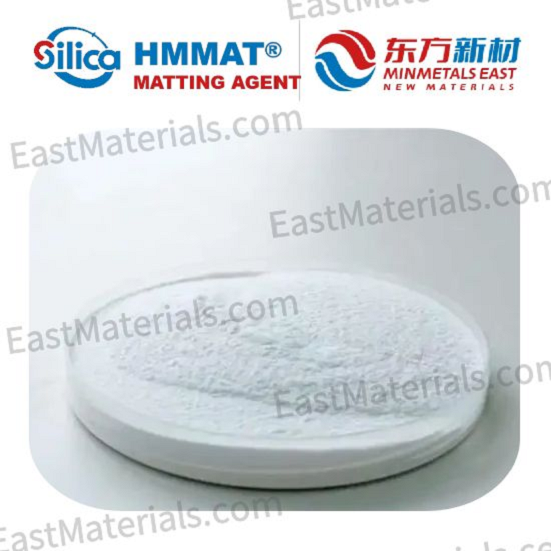The Usage of Matting agent for wood coatings
July 24, 2024
Protective Coatings Display

Matting agents play a crucial role in the formulation of wood coatings by modifying the surface finish and enhancing the aesthetic properties of the final product. These agents are designed to reduce gloss levels, resulting in a satin or matte finish, while also contributing to the durability and performance of the coating. Below are key aspects of the usage of matting agents in wood coatings:
1. **Gloss Reduction**
- **Satin and Matte Finishes:** Matting agents are primarily used to lower the gloss of wood coatings. They achieve this by disrupting the smooth reflective surface created by binders in the coating, resulting in a satin or matte finish. This is particularly popular in applications where a natural look is desired, as it can help to highlight the wood's grain and texture.
2. **Improved Aesthetics**
- **Enhanced Appearance:** By providing a non-reflective surface, matting agents contribute to a more visually appealing finish that can align with design trends favoring a natural, understated look.
- **Color Stability:** Many matting agents also aid in maintaining color stability, preventing yellowing or discoloration that can occur over time, thereby preserving the wood's natural beauty.
3. **Surface Properties**
- **Scratch Resistance:** Matting agents Silica Fume For Protective Coatings can enhance the scratch resistance of wood coatings, making the finish more durable against wear and tear from daily use. This is particularly important for wooden furniture and flooring.
- **Reduced Fingerprint and Smudge Marks:** Matte finishes minimize the appearance of fingerprints and smudges, ensuring that the wood finish remains cleaner and more aesthetically pleasing for longer periods.
4. **Compatibility with Various Coatings**
- **Versatility in Formulation:** Matting agents can be effectively used in a wide variety of wood coating formulations, including varnishes, lacquers, and water-based coatings. They are compatible with different binders and solvents, allowing for flexibility in product development.
- **Customization:** Manufacturers can adjust the level of matting agents to achieve the desired matte effect, providing options for different appearances and performance requirements.
5. **Application Techniques**
- **Ease of Use:** Silica Matting Agent can be easily incorporated during the mixing of paint or stain formulations. They are available in various forms, such as powders, liquids, or proprietary blends, making them adaptable for different application methods.
- **Uniformity in Coating:** When used correctly, matting agents help achieve a consistent matte finish across the surface of the wood, reducing the risk of patchiness or uneven gloss levels.
6. **Environmental Considerations**
- **Low-VOC Options:** Many modern matting agents are formulated to be low in volatile organic compounds (VOCs), contributing to environmentally friendly coatings. This is especially important in markets where regulations for indoor air quality are stringent.
7. **Cost-Effectiveness**
- **Value Addition:** By enhancing the protective qualities and extending the durability of wood coatings, matting agents can be seen as a cost-effective solution for manufacturers. They reduce the need for frequent recoating and maintenance, translating to long-term savings for both manufacturers and end users.



